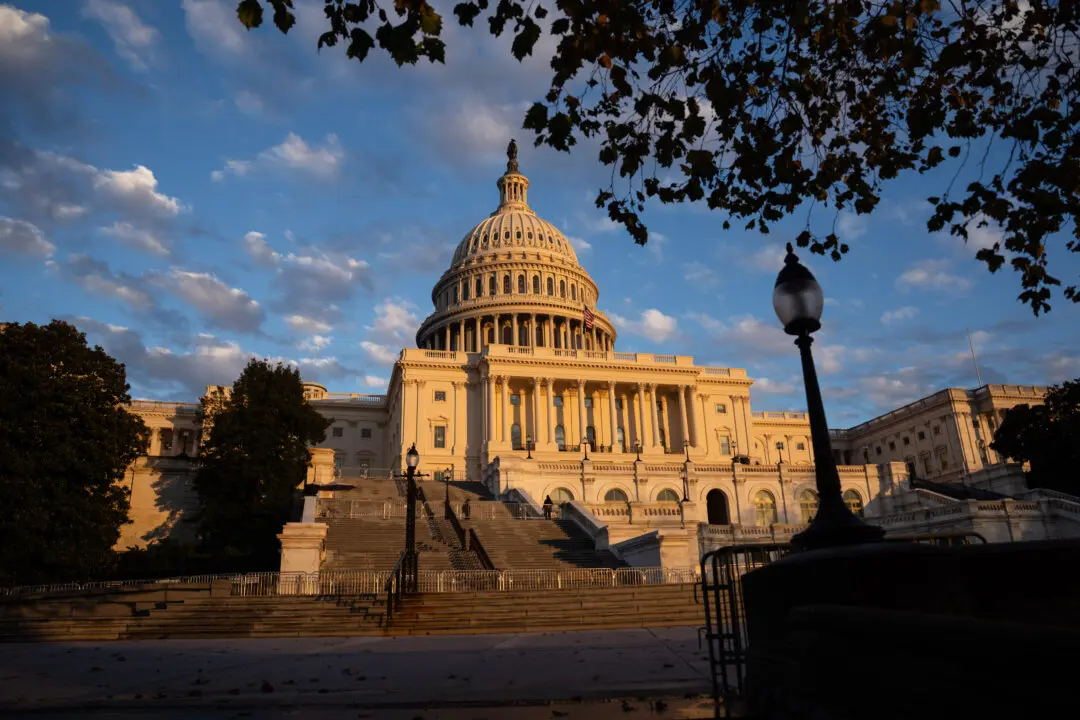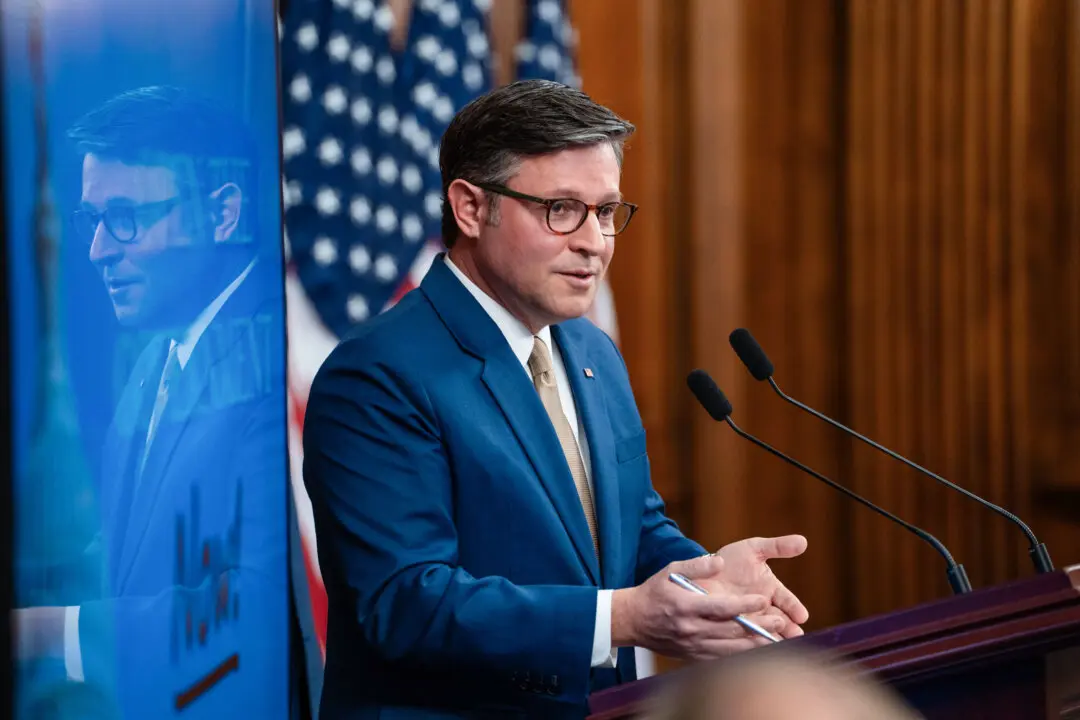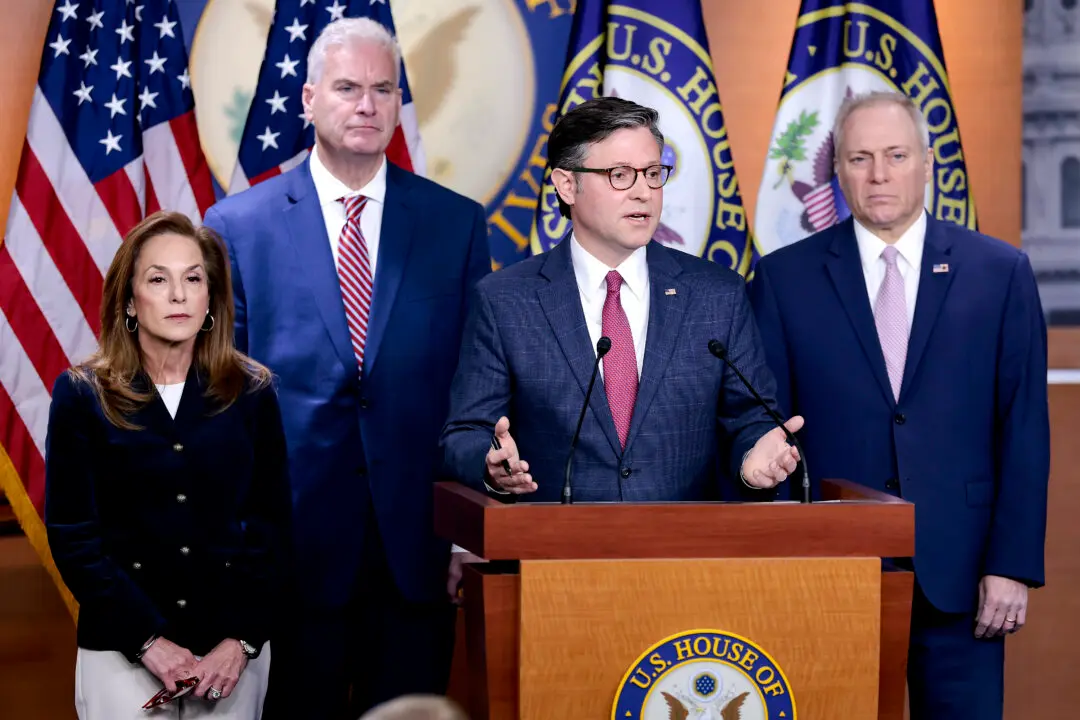President Joe Biden took his economic message to Philadelphia, touting his administration’s progress in rebuilding the middle class by stimulating American manufacturing, upgrading infrastructure, and increasing wages. The stop was the latest in a string of appearances by Mr. Biden aimed at selling his economic record to voters in the run-up to the 2024 election.
The crux of Mr. Biden’s message is that his approach to stimulating economic growth benefits Americans across the economic spectrum while the corporate tax and federal spending cuts advocated by his opponents benefit only the wealthy.





